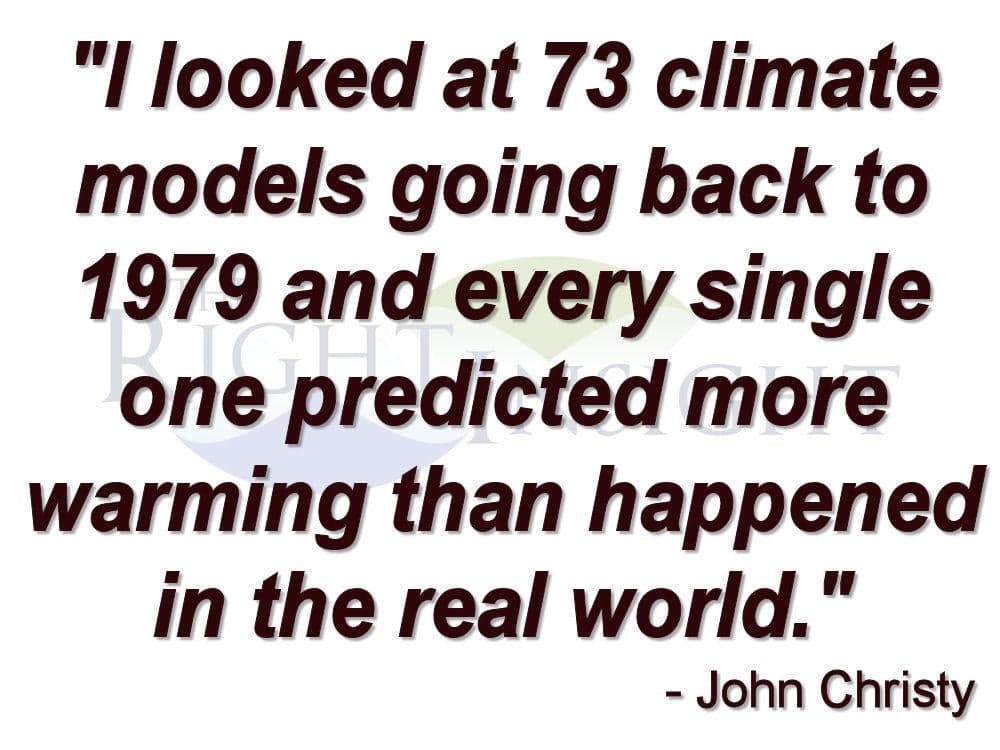Climate forecasts are essentially very long range (multi-decadal) weather forecasts. They are subject to the same types of uncertainties as long range weather forecasts, except that the magnitude of the uncertainties is far greater.
Climate forecasts rely almost exclusively on climate models which are hindcast to historical weather, then used to project future weather over multi-decadal periods. Climate models are hindered by the fact that numerous weather and climate phenomena are not well understood and thus not included in the models except by parameterization. Perhaps the most important of these phenomena is the impact of clouds on the climate which function as feedbacks in the models. Unfortunately, there is fundamental disagreement regarding whether cloud feedback is positive or negative, no less the magnitude of the feedback.
The temperature projections of the current CMIP5 ensemble of climate models have diverged from both satellite and near-surface temperature observations since the time at which hindcasting was used to “tune” the models to historical temperature observations. The CMIP5 models project global temperature anomalies two to three times greater than the observed anomalies, with the exception of a single Russian model. This suggests quite clearly that while the models are modeling something, they are not modeling the real global climate. Since the CMIP5 models have not accurately forecast global temperature anomalies over the period since “tuning”, it is clear that they have not been validated and verified and thus should not be assumed to have any predictive skill.
The CMIP6 models currently available for analysis appear to project even greater future temperature anomalies than the CMIP5 models, which have already falsified themselves. It is currently unclear why the CMIP6 models do not provide projections more consistent with current observations. If current trends continue, it appears that the CMIP6 models will be run with RCP8.5 or its successor to create even scarier potential future scenarios.
Variants of the CMIP5 models are being used in efforts to attribute some portion of the damages caused by weather events such as tropical cyclones, droughts, floods and wildfires to climate change. However, these models are unvalidated and unverified, so there is no reason to believe that the attributions they calculate have any credibility. Since the CMIP6 models appear to project even greater deviation from observations than the falsified CMIP5 models, there appears to be even less reason to assign any credibility to any attributions they calculate.
The forecasts of “climate crisis”, “climate emergency” and “existential threat” are based on scary scenarios produced by the CMIP5 climate models, run using RCP8.5. Since RCP8.5 has been demonstrated to be extremely unlikely, if not impossible, and the models have been progressively falsified, there appears to be no reason to assume that a “crisis” exists or impends. It appears that the CMIP6 models would support the “crisis” assertion, though they appear less credible than the falsified CMIP5 models.
The “climate crisis” appears to be a political construct designed to scare the citizenry into accepting energy poverty and increased government interference.
